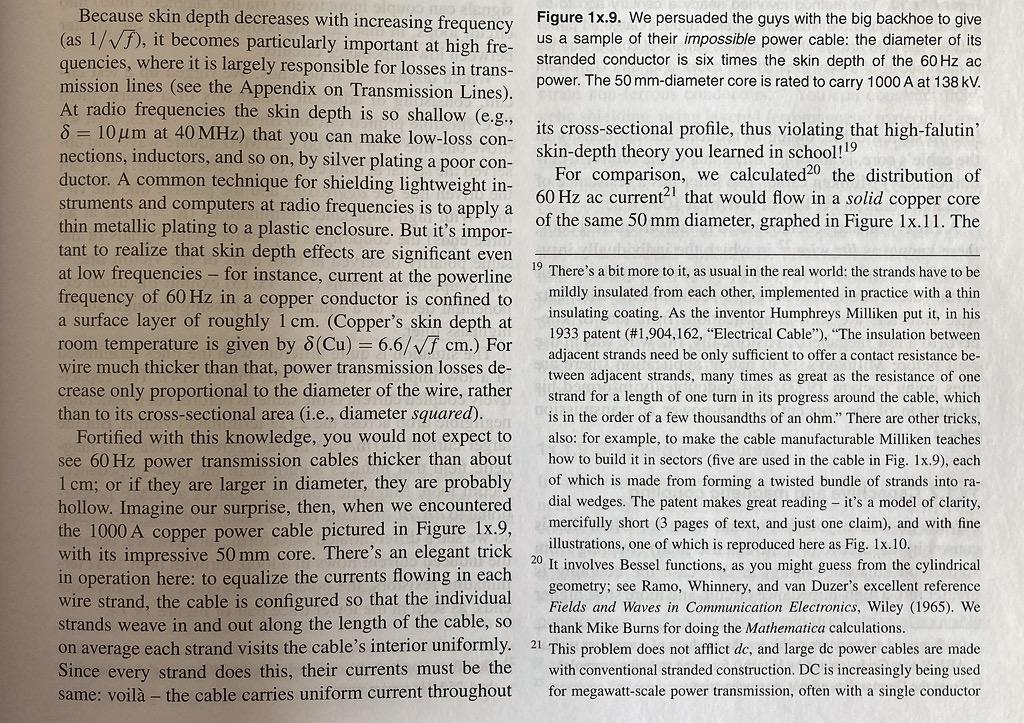torstoi
pfm Member
Not a suggestion but it was the early Ultra Not Blue
Sorry if I got you on the wrong foot & I probably posted a bit much in your thread while knowing very little.
But I read up a bit and went through your initial post again after that &
thought this sounds interesting to try.
Early Ultra Black probably means it's not available new & I have to look for second hand if I want to try it ?
Thanks and kind regards..



